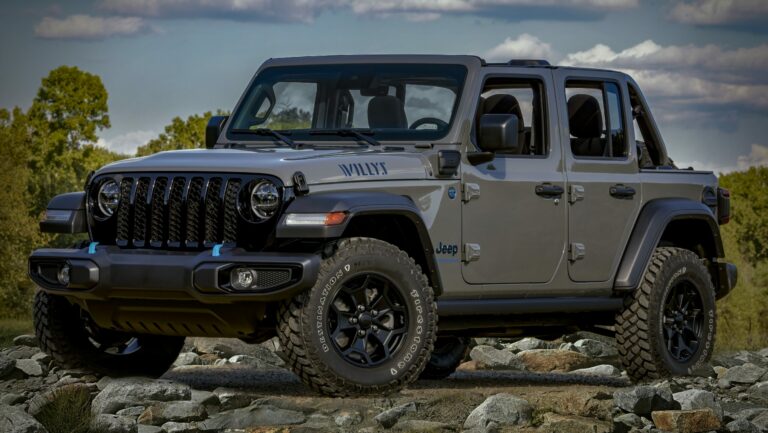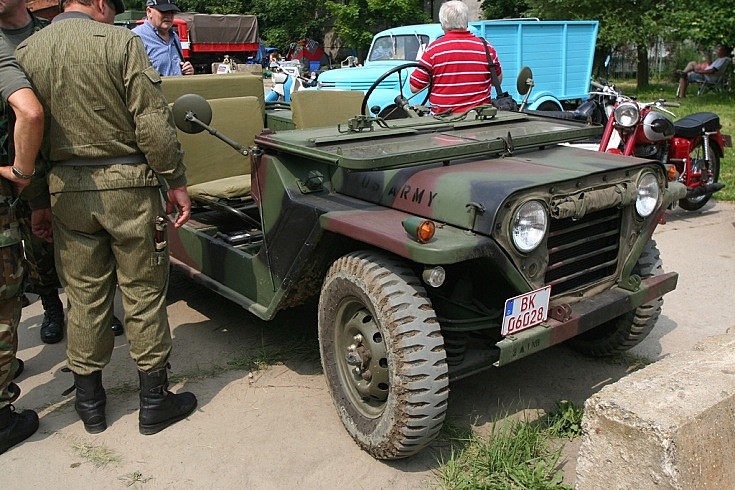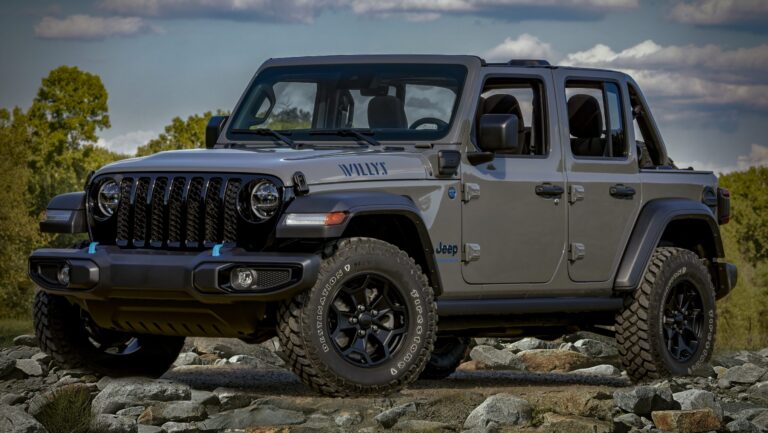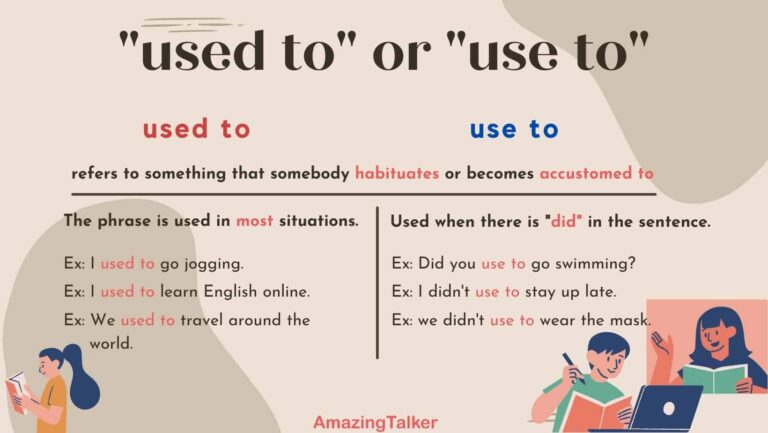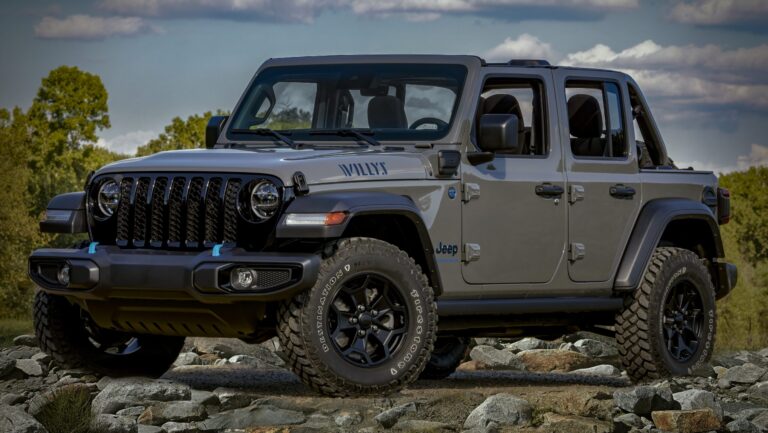Classic Jeep CJ5 For Sale: Your Ultimate Guide to Owning an Icon
Classic Jeep CJ5 For Sale: Your Ultimate Guide to Owning an Icon jeeps.truckstrend.com
The rumble of its engine, the unmistakable silhouette, and the promise of untamed adventure – few vehicles evoke such a potent sense of nostalgia and rugged capability as the Classic Jeep CJ5. More than just a mode of transport, the CJ5 is a rolling testament to American ingenuity, a direct descendant of the legendary Willys MB that helped win World War II. For decades, it served as the quintessential embodiment of off-road prowess, a go-anywhere, do-anything machine that carved its niche in the hearts of enthusiasts worldwide. Today, finding a Classic Jeep CJ5 for sale isn’t just about acquiring a vehicle; it’s about investing in a piece of history, embracing a lifestyle, and embarking on a journey that promises both rewarding challenges and unparalleled freedom.
This comprehensive guide will navigate the exciting landscape of purchasing a Classic Jeep CJ5, offering insights, practical advice, and everything you need to know to make an informed decision. Whether you’re a seasoned off-roader, a budding restorer, or simply captivated by its timeless appeal, prepare to dive deep into the world of the venerable CJ5.
Classic Jeep CJ5 For Sale: Your Ultimate Guide to Owning an Icon
The Enduring Legacy of the Jeep CJ5: An American Classic
Born from the military might of the Willys MB and Ford GPW, the civilian Jeep, or "CJ," series began its journey in 1945. The CJ5, introduced in 1955 under Willys Motors (later Kaiser Jeep and then AMC), refined the formula, extending its production run for an impressive 28 years until 1983. This longevity speaks volumes about its fundamental design and enduring popularity.
The CJ5 was characterized by its compact, short-wheelbase design (81 or 83.5 inches), making it incredibly nimble on tight trails. Its robust, body-on-frame construction, solid axles, and leaf spring suspension provided a simple yet incredibly durable platform. Over its nearly three-decade production, the CJ5 saw various engine offerings, from the original "Hurricane" F4-134 four-cylinder and the "Dauntless" V6 in the earlier years, to the more powerful AMC inline-six (232 and 258 cubic inches) and the iconic AMC 304 V8 introduced in the 1970s. Each iteration contributed to the CJ5’s legend, offering varying degrees of power and refinement while retaining its core identity as a no-nonsense, highly capable off-road machine.
Today, the CJ5 is cherished for its mechanical simplicity, which makes it relatively easy to maintain and modify, and its iconic, instantly recognizable styling. It represents a bygone era of automotive design where function triumphed over complex features, making it a highly sought-after classic for collectors, off-road enthusiasts, and anyone looking for an authentic vintage driving experience.
What to Look For: Key Considerations When Buying a Classic CJ5
Purchasing a classic vehicle, especially one as rugged as a CJ5, requires a keen eye and a strategic approach. Unlike modern cars, a classic’s value and longevity are heavily dependent on its past life and current condition. Here’s a detailed checklist of critical areas to inspect:
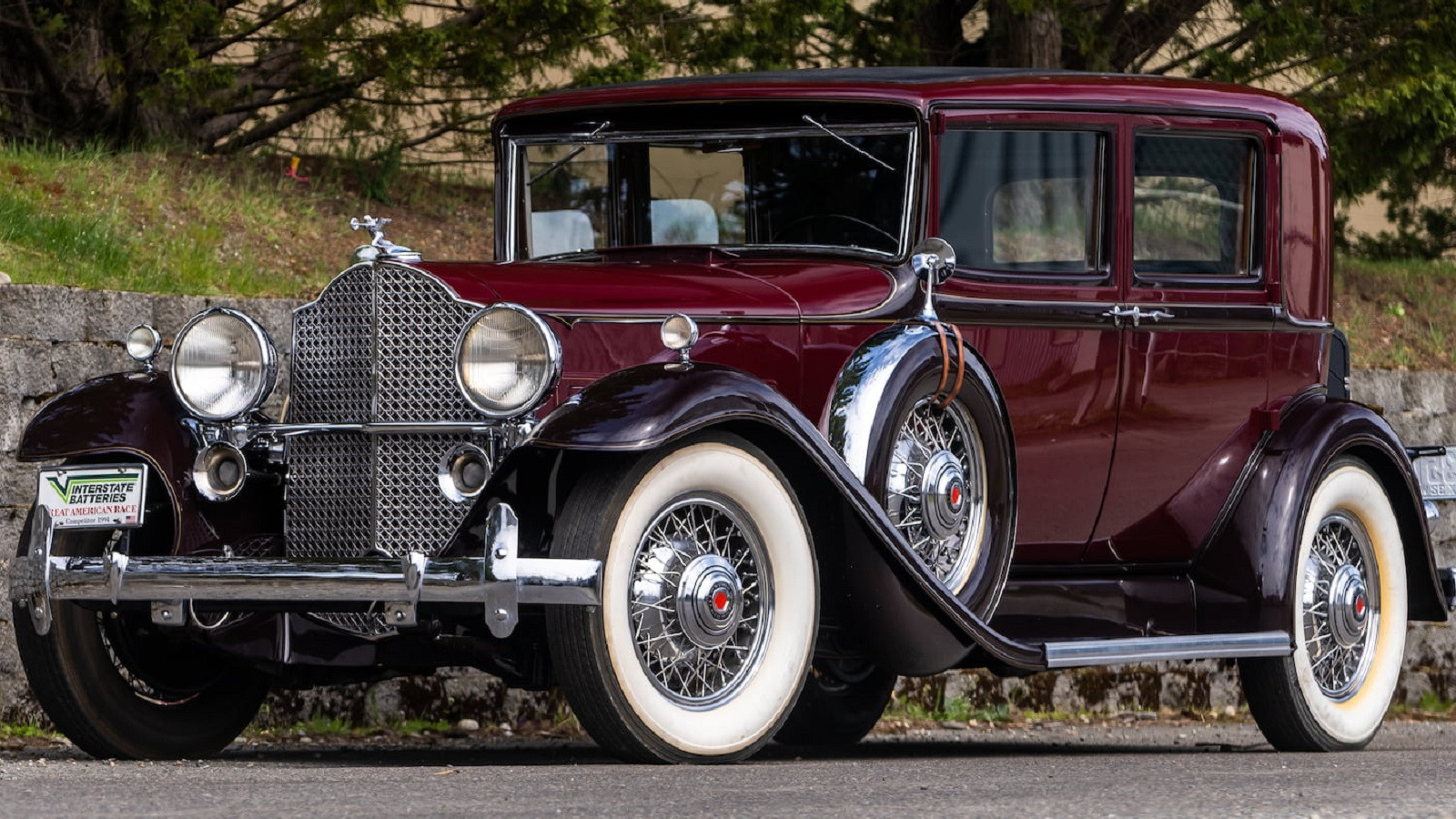
1. Frame and Body Rust: The Ultimate Deal Breaker
Rust is the number one enemy of any classic Jeep. CJ5s, particularly those exposed to harsh climates or salted roads, are highly susceptible.
- Frame: Thoroughly inspect the entire frame, especially where the body mounts, near the spring hangers, and behind the front wheels. Look for soft spots, perforations, or extensive repairs. A heavily rusted frame can be a monumental and costly repair.
- Body: Check the floorboards (especially under the pedals and seats), rocker panels, wheel wells, tailgate, and the base of the windshield frame. Surface rust is manageable, but extensive rot requiring panel replacement significantly increases restoration costs.
2. Engine and Drivetrain Condition
The heart of your CJ5. While robust, these engines can be tired.
- Engine: Listen for unusual noises (knocking, ticking), look for excessive smoke from the exhaust (blue for oil, white for coolant), and check for oil or fluid leaks. Inspect hoses and belts for cracking. Ask about recent maintenance or rebuilds.
- Transmission & Transfer Case: Test all gears, including reverse, in the manual transmission. For automatics, check for smooth shifts. Engage 4-wheel drive (high and low range) to ensure the transfer case works properly. Listen for grinding or whining.
- Axles & Driveshafts: Look for leaks around the differentials. Check U-joints on the driveshafts for play.
3. Suspension and Steering
These components are crucial for safety and handling.
- Leaf Springs: Check for broken leaves, sagging, or excessive arch.
- Shocks: Look for leaks or signs of being completely worn out.
- Steering Linkage: Inspect tie rod ends, drag link, and ball joints for excessive play. The infamous "death wobble" is often a symptom of worn steering components.
- Brakes: Check the pedal feel (should be firm, not spongy). Test braking effectiveness. Many older CJ5s have drum brakes all around; disc brake conversions are a popular and recommended upgrade for safety.
4. Electrical System
Often a neglected area in older vehicles.
- Test all lights (headlights, taillights, turn signals), wipers, horn, and gauges.
- Inspect wiring for brittle insulation, splices, or signs of rodent damage.
- Ensure the battery holds a charge and the alternator is charging properly.
5. Interior and Accessories
While rugged, the interior should be functional.
- Seats: Check for tears, comfort, and proper mounting.
- Gauges: Ensure all gauges (speedometer, fuel, oil pressure, temp) are operational.
- Soft Top/Hard Top: If present, inspect for tears, brittle windows, and proper fitment.
- Heater: Verify it blows warm air.
6. Documentation and History
A well-documented history can be invaluable.
- Ensure a clean, transferable title.
- Maintenance Records: Any records of repairs, engine rebuilds, or upgrades.
- Previous Ownership: Understanding the vehicle’s past can reveal insights into its care.
7. Aftermarket Modifications
Many CJ5s have been modified. Assess the quality of these changes.
- Lift Kits: Were they installed correctly? Are the steering and suspension angles optimized?
- Engine Swaps: Is the swap well-integrated? Are all systems (cooling, electrical) properly hooked up?
- Tires: Are they appropriate for the vehicle and intended use? Check tread depth and age.
Understanding CJ5 Variants and Powertrains
The long production run of the CJ5 means there’s a good variety to choose from, each with its unique characteristics and value.
- Early Models (1955-1971): The Willys/Kaiser Era
- Engines: Primarily the F4-134 "Hurricane" 4-cylinder (75 hp) and the highly desirable "Dauntless" 225 cu in V6 (160 hp), introduced in 1966.
- Features: Simpler dashboards, often smaller brakes, and distinctive design cues. The V6 models are particularly sought after for their power-to-weight ratio.
- AMC Era (1972-1983): Power and Incremental Refinements
- Engines: AMC 232 and 258 cu in inline-sixes (more torque than the F4), and the potent AMC 304 cu in V8 (150 hp). These engines offered better highway manners and more grunt for off-roading.
- Features: Widened track, stronger axles (Dana 30 front, AMC 20 rear), more comfortable interiors, and improved (though still basic) safety features.
- Special Editions:
- Renegade: Often featured wider tires, special graphics, sport steering wheel, and sometimes chrome accents. Popular for their sportier look.
- Laredo: A more "luxurious" trim with upgraded seats, chrome bumpers, and interior amenities.
- Golden Eagle: A limited-edition package in the late 70s, known for its distinctive eagle decal on the hood, gold accents, and often a V8 engine. These can fetch higher prices due to their rarity and iconic appearance.
The Buying Process: Where and How to Find Your CJ5
Finding the right Classic Jeep CJ5 requires patience and diligence.
-
Online Marketplaces:
- Specialty Websites: Hemmings, Bring a Trailer (for high-end, well-documented vehicles), ClassicCars.com.
- General Classifieds: Craigslist, Facebook Marketplace, eBay Motors. Be wary of scams and always inspect in person.
- Jeep Forums & Clubs: Online communities (e.g., JeepForum.com, CJ-specific groups) often have "for sale" sections where enthusiasts sell their well-loved vehicles.
-
Classic Car Dealerships & Auctions:
- These often have higher prices but may offer vehicles that have undergone some level of inspection or restoration. Auctions can be exciting but require quick decision-making.
-
Local Searches & Word of Mouth:
- Check local classifieds, attend local car shows, and let friends know you’re looking. Sometimes the best deals are found through unexpected channels.
Crucial Steps Before Purchase:
- Pre-Purchase Inspection (PPI): Never skip this step. Hire an independent mechanic specializing in classic cars or 4x4s to thoroughly inspect the vehicle. This investment can save you thousands in unexpected repairs.
- Test Drive: Drive the CJ5 on various terrains if possible. Test all gears, listen for strange noises, and assess steering and braking performance. Engage 4×4 (high and low range) and drive a short distance to confirm functionality.
- Negotiate: Based on the PPI and your observations, be prepared to negotiate the price.
Ownership and Maintenance: Tips for the Classic CJ5 Enthusiast
Owning a Classic CJ5 is a rewarding experience, but it requires dedication.
- Regular Maintenance: Adhere to a strict maintenance schedule. Check fluids regularly (engine oil, transmission, transfer case, differentials, brake fluid), grease all fittings, and inspect belts and hoses.
- Rust Prevention: Continuously monitor for new rust spots and address them promptly. Consider undercoating or rust inhibitors, especially if you live in a wet or snowy climate.
- Parts Availability: Fortunately, the CJ5 benefits from an extensive aftermarket parts industry. Most mechanical and many body parts are readily available, making repairs and restorations feasible.
- Common Upgrades:
- Power Steering: A highly recommended upgrade for ease of driving, especially with larger tires.
- Disc Brakes: Significant improvement in stopping power and safety over original drums.
- Fuel Injection: Converting from carburetor to TBI (Throttle Body Injection) or MPI (Multi-Port Injection) can improve reliability, starting, and fuel economy (slightly).
- Suspension Lifts & Larger Tires: Popular for enhanced off-road capability and aesthetics, but ensure proper installation to avoid handling issues.
- Join the Community: Connect with other CJ5 owners through local clubs or online forums. These communities are invaluable resources for advice, parts sourcing, and camaraderie.
Challenges and Solutions
While owning a CJ5 is fun, it comes with specific quirks.
- "Death Wobble": This violent shaking of the front end, typically at highway speeds, is common. It’s usually caused by worn steering components (tie rod ends, drag link, track bar), worn leaf spring bushings, or improperly balanced tires. Diagnosing and replacing worn parts is the solution.
- Rust: The ongoing battle. Regular inspections, immediate repair of small spots, and keeping the vehicle clean and dry are key. For extensive rust, panel replacement or even frame swapping may be necessary.
- Leaky Tops/Doors: Original soft tops and doors often struggle with sealing. Replacement tops, new weatherstripping, and careful adjustment can mitigate this.
- Poor Braking: Especially with drum brakes. A disc brake conversion is a significant safety upgrade.
- Fuel Economy: It’s a classic Jeep, not a Prius. Expect single-digit or low-teen MPG. Fuel injection conversions can help marginally, but don’t expect miracles.
Classic Jeep CJ5 For Sale: Price Guide
The price of a Classic Jeep CJ5 varies significantly based on its condition, year, engine, modifications, and overall desirability. The following table provides a general guide:
| Condition Category | Typical Price Range (USD) | Key Characteristics & Notes |
|---|---|---|
| Project/Parts Vehicle | $2,000 – $6,000 | Non-running or barely running, significant rust (frame or body), missing components, major mechanical issues. Ideal for a complete, ground-up restoration, or as a donor for parts. Requires substantial investment in time and money. |
| Running Driver | $7,000 – $15,000 | Runs and drives, functional for basic use, but needs considerable work (cosmetic, minor mechanical). Expect visible rust, faded or tired paint, basic or worn interior, potentially some leaks. A good starting point for a rolling restoration or a weekend "beater." |
| Solid Driver/Light Restoration | $16,000 – $25,000 | Mechanically sound with all systems working. Minimal rust, decent paint, clean interior. May have some tasteful and functional upgrades (e.g., mild lift, better tires). Ready for regular enjoyment with minor maintenance and cosmetic improvements as desired. |
| Nicely Restored | $26,000 – $40,000 | Has undergone a comprehensive restoration, often frame-off. Excellent paint, new interior, rebuilt engine/drivetrain, and potentially upgraded components (e.g., disc brakes, power steering, EFI). Well-documented restoration process. Suitable for shows and reliable enjoyment. |
| Show Quality/Concours | $40,000+ | Meticulous, no-expense-spared, frame-off restoration, often to original factory specifications or with seamlessly integrated high-end modern upgrades. Near-perfect condition, suitable for competitive shows. Includes rare and highly desirable models (e.g., early V6s, pristine Golden Eagles). |
Note: Prices are highly variable based on geographical location, specific year (e.g., early V6 models can command a premium), engine type (V8s often fetch more), the quality of previous work, and current market demand. Always factor in potential transport costs and pre-purchase inspection fees.
Frequently Asked Questions (FAQ) about Classic Jeep CJ5 For Sale
Q: What’s the best year CJ5 to buy?
A: There’s no single "best" year; it depends on your priorities. Early models (pre-1972) offer a more raw, classic feel and often lighter weight, with the Dauntless V6 being highly sought after. Later AMC models (1972-1983) generally offer more power (especially with the V8s), stronger axles, and slightly more interior comfort, making them better for modern driving.
Q: Are parts readily available for a Classic CJ5?
A: Yes, absolutely! Due to the CJ5’s long production run and immense popularity, there’s a thriving aftermarket industry. You’ll find a vast array of reproduction, new, and used parts for mechanical components, body panels, and interior pieces.
Q: Is a Classic CJ5 a good daily driver?
A: Generally, no. While some can be made reliable for daily use, CJ5s lack modern safety features (airbags, ABS), creature comforts (AC, quiet cabin), and fuel efficiency. They are best enjoyed as weekend cruisers, off-road toys, or project vehicles.
Q: What is "death wobble" and how do I fix it?
A: "Death wobble" is a violent, uncontrollable oscillation of the front end, usually occurring at certain speeds. It’s almost always caused by worn or loose steering and suspension components, such as tie rod ends, drag link, track bar, ball joints, or worn leaf spring bushings. Fixing it involves a thorough inspection and replacement of the offending parts.
Q: Can I put a modern engine in a CJ5?
A: Yes, engine swaps are a very common modification for CJ5s. Popular choices include modern GM LS engines, Ford small blocks, or even Cummins diesel engines. This can significantly improve power, reliability, and sometimes fuel economy, but it’s a complex and potentially expensive undertaking that requires careful planning and skilled execution.
Q: How much does it cost to restore a CJ5?
A: Restoration costs vary wildly. A light cosmetic refresh and mechanical tune-up might cost a few thousand dollars. A full, frame-off, show-quality restoration can easily run into the tens of thousands of dollars, depending on how much work you do yourself and the condition of the starting vehicle.
Conclusion: Your Adventure Awaits
The Classic Jeep CJ5 is more than just a vehicle; it’s an enduring symbol of freedom, adventure, and the rugged American spirit. Owning one is a commitment, a journey that blends the satisfaction of working on a classic with the exhilaration of driving a machine built for exploration. Whether you envision a meticulous restoration project, a capable off-road beast, or simply a head-turning weekend cruiser, the CJ5 offers an unparalleled connection to automotive history and the open road.
By understanding its legacy, knowing what to look for, and preparing for the joys and challenges of ownership, you’ll be well-equipped to find the Classic Jeep CJ5 that’s perfect for you. This iconic vehicle isn’t just for sale; it’s waiting for its next chapter, ready to create new memories and carry you on countless adventures. Embrace the legend, and let the classic CJ5 take you where the pavement ends and the real fun begins.
